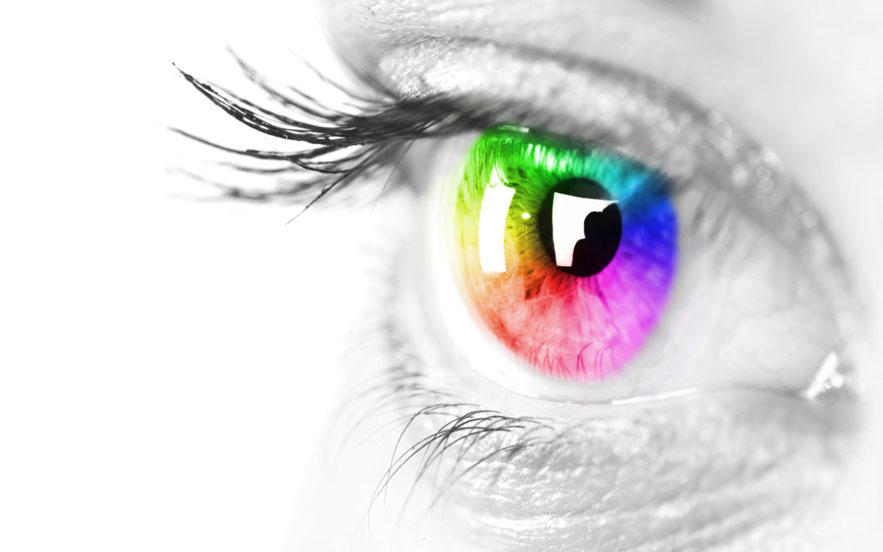Ptosis is the drooping or sagging of an area of the body. Eyelid ptosis, which can affect one or both of the eyelids, can be divided into several categories but to simplify is broken down into two categories: congenital or acquired. Here, the team at Eyesthetica explains the different types of ptosis and how our Los Angeles oculoplastic surgeons can treat them.
Congenital Ptosis
Congenital ptosis is present at birth, but may not be diagnosed until childhood when it becomes more noticeable. It occurs when the levator muscle, which is responsible for lifting the eyelid, fails to develop properly in the womb. Congenital ptosis compromises the top part of the field of vision, and to compensate, children with this condition often tilt their heads back in order to see clearly.
Untreated congenital ptosis can lead to other visual disorders including a condition called amblyopia, commonly known as “lazy eye.”
Acquired Ptosis
Acquired ptosis can exist in several forms.
- Mechanical ptosis occurs when the eyelid is weighed down, either by excessive skin or a tissue mass.
- Aponeurotic ptosis occurs when the eyelid’s levator muscle stretches out. This is usually due to the aging process, but can also happen because of excessive eye rubbing or eyelid pulling.
- Neurogenic ptosis is due to a problem with the nerve pathways that control eyelid muscle movement. These problems include Horner syndrome, third nerve palsy, and myasthenia gravis.
- Traumatic ptosis happens when the eyelid sustains an injury or trauma that affects the levator muscle.
How Eyesthetica Treats Ptosis
Many people opt to have ptosis corrected if it significantly affects vision or simply is cosmetically bothersome.
Treating ptosis depends on the severity of the condition. Some of the techniques commonly used for cases of mild to moderate ptosis include Müller’s muscle-conjunctival resection procedure, the Fasanella-Servat procedure, or levator aponeurotic repair. More severe ptosis cases usually require frontalis suspension. You can read more about those procedures in an article about ptosis written by Dr. Steven Dresner.
Contact Eyesthetica
If one or both of your eyelids appear to sag, affecting your appearance or visual field, contact Eyesthetica. We can evaluate your condition and recommend the best course of treatment. Call (213) 451-6824 or email us today.


